Report finds divide between athletes and non-athletes at Amherst College
| Published: 02-08-2017 11:10 PM |
The divide between varsity athletes and the rest of the student body is a primary concern detailed in a report Amherst College released last week.
Amherst President Carolyn “Biddy” Martin commissioned the report, titled “The Place of Athletics at Amherst College,” in the fall of 2014 to examine how athletics help fulfill Amherst’s larger educational mission.
“The special committee’s report ... finds that Amherst has a strong, even exemplary, program in athletics, one that enhances the experience of student-athletes, avoids the excesses of college sports at other levels, and contributes positively to the life of the College,” Martin wrote in a letter that accompanied the report.
The main issue raised by the report was the perceived divide between athletes and non-athletes at Amherst.
Athletes make up 35 to 38 percent of the student body, according to the report. The number of athletes on campus has increased 12 percent in the past 15 years compared to a 10 percent overall increase in the student population.
The report highlights “the significant number of ways in which the experiences of athletes and non-athletes deviate from one another, which lead to a pervasive sense among students that there is a ‘divide’ between the two groups.”
It examined factors ranging from how athletes are admitted, to their on-campus experience and how often they donate to the school post-graduation.
The committee consisted of faculty members, students, coaches, trustees and the dean of students.
Article continues after...
Yesterday's Most Read Articles
 South Hadley’s Lauren Marjanski signs National Letter of Intent to play soccer at Siena College
South Hadley’s Lauren Marjanski signs National Letter of Intent to play soccer at Siena College
 LightHouse Holyoke to buy Gateway City Arts, expand offerings and enrollment at alternative school
LightHouse Holyoke to buy Gateway City Arts, expand offerings and enrollment at alternative school
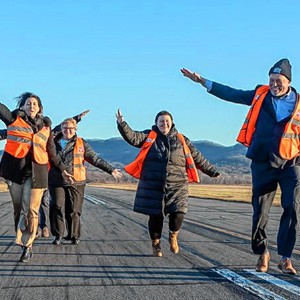 Treehouse, Big Brothers Big Sisters turn race schedule snafu into positive
Treehouse, Big Brothers Big Sisters turn race schedule snafu into positive
 South Hadley man fatally shot in attempted robbery
South Hadley man fatally shot in attempted robbery
 Granby man admits guilt, gets 2½ years in vehicular homicide
Granby man admits guilt, gets 2½ years in vehicular homicide
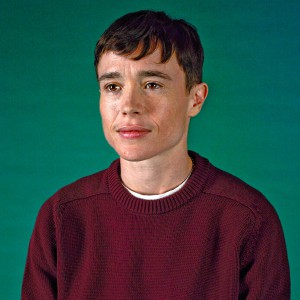 Area briefs: Transhealth to celebrate 3 year; Holyoke to plant tree at museum; Documentary film about reparations focus of Unitarian talk
Area briefs: Transhealth to celebrate 3 year; Holyoke to plant tree at museum; Documentary film about reparations focus of Unitarian talk
The report does not address Amherst’s suspension of its men’s cross country team after an investigation into misogynistic and racist email and social media exchanges by the team.
The messages were discovered after the time period the report encompassed.
“We must ensure the integrity of our athletics programs and the well-being of those who participate,” Martin wrote. “Our athletics teams have taken part in Title IX, sexual-respect, and bystander training — as have students who are not varsity athletes.”
The report concluded that “Amherst’s athletic programs are among the most admired in the nation.” It agreed with an assessment of a similar report released in 2002. Both reports found Amherst’s athletics program beneficial.
“Athletics has long been integral to the residential liberal arts experience, both for student-athletes and for those who enjoy sporting events from the sidelines or bleachers,” Martin wrote. “Athletics builds community by deepening friendships and connecting alumni across generations with current students and with their college.”
Those benefits aren’t without concerns, however.
Athletes tend to cluster together in living spaces, particularly Pond, Stone, Crossett and Coolidge dorms. The report found that in the fall of 2014, 85 percent of the residents in Pond and 80 percent of those living in Stone were athletes.
“Athletic teams dominate the social life of the college,” the report said.
The report examined diversity among athletes compared to the campus population as a whole from 2011-15. In the general student population, 47 percent of students are white, 44 percent are students of color, 23 percent come from low-income backgrounds, 15 percent are first-generation students and 9 percent are international students.
Only 23 percent of male athletes and 24 percent of female athletes are students of color. Six percent of male and 2 percent of female athletes come from low-income backgrounds, 4 percent male and 2 percent female are first-generation students, and 4 percent of men and 2 percent of women are international students.
“The perception of a division between athletes and non-athletes is exacerbated by the differences in their demographics,” the report said.
One reason why relates to Amherst’s membership in the New England Small College Athletic Conference, which is also commended in the report.
NESCAC features more stringent rules about recruiting, admissions, the length of the season and academic qualifications and size of rosters. It helps Amherst align its athletic pursuits more evenly with its academic mission but also limits the types of athletes available to Amherst.
The rules “prevent the Amherst athletics staff from approaching potential diverse athletes during periods in which other schools in both Division I and Division III may actively recruit, admit and offer financial aid to these students,” the report said. “Amherst thus may never have the opportunity to attract some of these candidates.”
To combat the perceived divide, Amherst is attempting to redistribute its students more broadly among the campus dorms so they can enjoy the collective experience of the liberal arts education it offers.
“These steps, together with new gathering spaces and party policies, will make it easier for all students to move outside their comfort zones and get to know new people throughout their time at Amherst,” Martin wrote.
The report highlights some areas of concern athletes face as students. Athletes tend to focus on a small number of majors, avoid small classes and are less likely to elect to write a senior thesis.
Athletes in high-profile sports like football, men’s basketball, baseball and lacrosse make up 33 percent of economics majors, 37 percent of political science majors and 27 percent of history majors, even though they make up 11.8 percent of the student body. Athletes are also less likely to pursue science courses.
Only 16 percent of “athletic factor” athletes chose to write a senior thesis, compared to 49 percent of non-athletes during the four-year period the report surveyed.
Admissions breaks athletes into three categories.
“Athletic factor” athletes are highlighted in the admissions process by their coaches and the athletic department. Their “presence would have a significant impart on the success of the teams. Their athletic prowess weighs prominently in the admission decision.” NESCAC allocates a certain number of slots for athletic factor athletes per school per year. Amherst has 67 per year, and 14 are designated for football players.
They are different from “coded athletes,” who have athletics factor into their admissions decision but also are highly rated academically, and “walk-ons,” who are regularly accepted students that choose to try out for the team.
Thesis participation rates for coded athletes and walk-ons don’t bear a trend like athletic factor athletes.
The total number of theses also decreased during the time period the report studied.
“The decision whether to write a senior thesis is a complex one and is not the only indicator of an intense academic experience,” the report said. “It seems likely that weaker preparation or the large time commitment that athletics requires makes it daunting for some to undertake a major piece of work.”
Martin also asked the committee to examine injuries that occur to athletes, especially concussions. The football team reported an average of six “concussive and sub-concussive events” per year during the study, ranging from one to 12. Men’s hockey concussions have increased to four in 2013 and six in 2014. Amherst athletic director Don Faulstick explained the school and NESCAC’s head injury protocol to the committee.
“The committee does not have the expertise to judge whether the protocol is state of the art in the field,” the report said. “This standard should be reviewed by outside medical experts and their findings reported to the President and Athletic Director.”
Martin is working to arrange a NESCAC symposium on the subject that Amherst would host.
The committee was not asked to perform a Title IX gender equity review, but Amherst plans to “consider the organization of (its) athletic programs in (that) light as well,” Martin wrote.
Janet Judge, president of Sports Law Associates LLC, will conduct the review this spring.
“Those are the conversations we are going to have; that is how we do things here,” Martin wrote. “Although the progress will inevitably be slow and uneven, it will be real.”
Kyle Grabowski can be reached at kgrabowski@gazettenet.com.

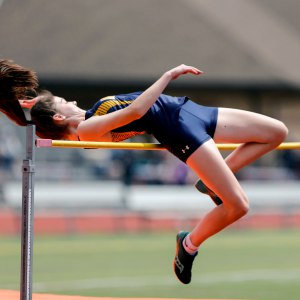 2024 Gazette Girls Indoor Track Athlete of the Year: Allie Sullivan, Northampton
2024 Gazette Girls Indoor Track Athlete of the Year: Allie Sullivan, Northampton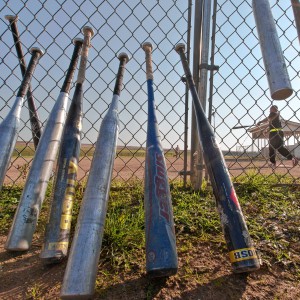 Local briefs: Amherst Youth Baseball, Northampton Youth Softball
Local briefs: Amherst Youth Baseball, Northampton Youth Softball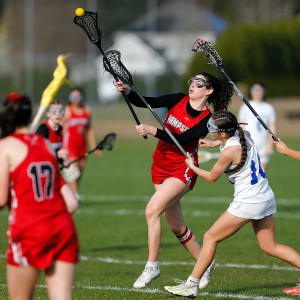 Girls lacrosse: Anna Puttick helps Hampshire take down Granby 13-9 (PHOTOS)
Girls lacrosse: Anna Puttick helps Hampshire take down Granby 13-9 (PHOTOS)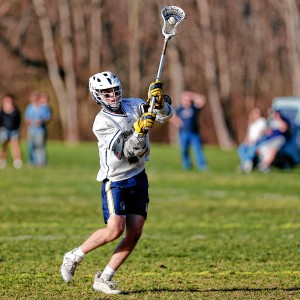 Boys lacrosse: Jack Carpenter, Northampton hold off Belchertown for 7-6 win
Boys lacrosse: Jack Carpenter, Northampton hold off Belchertown for 7-6 win
